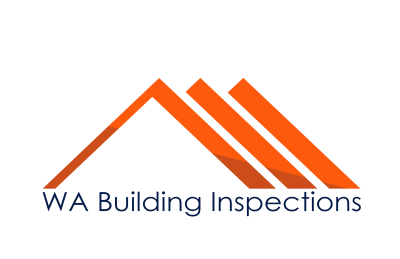AS 3740 Waterproofing Standards for Domestic Wet Areas: The Importance of Proper Waterproofing
Australia has been experiencing a construction boom in recent years, and with it comes a growing concern about the quality of construction practices, particularly in waterproofing. In Perth, specifically, from our experience performing building inspections Perth and thousands of building and pest inspection perth for over 20 years, we have exposed poorer and poorer waterproofing practices becoming a widespread issue, leading to catastrophic consequences for homeowners. It has been reported that up to 70% of buildings constructed since 2000 leak, and many of these leaks are caused by subpar waterproofing practices which our waterproofing inspection report in Perth very commonly catches out.
What are Domestic Wet Areas?
Domestic wet areas are spaces within a home that are exposed to moisture, such as bathrooms, laundries, and kitchens. These areas require proper waterproofing to prevent water from penetrating into the structural elements of the building, causing damage, and potentially compromising the safety and health of those who live within.
The Guidelines Set by AS 3740
The Australian Standard AS 3740 2021 provides guidelines for the design and installation of waterproofing in domestic wet areas. These guidelines are crucial for ensuring that the waterproofing is effective in preventing water ingress and the resulting damage. The standard outlines the requirements for various components of the waterproofing system, such as the substrate, waterproofing membrane, and drainage. It also provides guidance on the types of materials and methods of installation that are acceptable.
One example of the requirements outlined in AS 3740 is the need for a waterproof membrane to be installed in areas such as shower floors and walls. The membrane must be continuous and extend over the entire area, including the junctions between walls and floors. It must also be installed according to the manufacturer’s instructions and meet the standard’s minimum thickness requirements.
Types of Waterproofing Products
There are various types of waterproofing products available, including liquid membranes and sheet membranes. Liquid membranes are applied in a liquid form and then dry to form a continuous, waterproof layer. Sheet membranes, on the other hand, are pre-made sheets that are adhered to the surface to be waterproofed. Each type has its pros and cons, and the choice depends on the specific requirements of the project.
Steps to Ensure Proper Waterproofing
To ensure proper waterproofing, it is essential to hire a licensed professional who is experienced in the installation of waterproofing systems. The professional should follow the manufacturer’s instructions for the chosen waterproofing product and adhere to the guidelines set by AS 3740. Additionally, it is important to ensure that the waterproofing system is installed before any tiling or other finishes are applied.
Examples of Poor Waterproofing Practices in Perth
Poor waterproofing practices have become a significant issue in new residential constructions in Perth, with many builders and waterproofers failing to adhere to the guidelines set by AS 3740. Examples of these poor practices include using inferior quality products, improper installation, and inadequate preparation of the substrate. These practices can lead to leaks, which can cause extensive damage to the building structure and finishes, and potentially compromise the health and safety of occupants.
The Benefits of Waterproofing Inspections
Waterproofing Inspections are a preventative measure that can help prevent the consequences of poor waterproofing practices. These inspections are conducted by qualified builders and waterproofing specialists who assess the quality of the waterproofing design, materials.
What happens if I suspect my new or existing house has poor waterproofing?
Our building inspectors generally perform waterproofing inspections for new constructions at the stage 5 lockup inspection and before the stage 6 (PCI Inspection). It is also quote common for our inspectors to perform waterproofing inspections on existing homes, especially those constructed since 2000. For many, they have left the inspection too long and major structural damage has already occured to their house. We sat down with our lead inspector, Russell McCarthy to go through some recent images of a building inspection where the water leak damage caused by faulty waterproofing was so severe that, just 1 week after the inspection, the upper floor bathroom completely collapsed onto the ground floor. Check out the video below of some tell-tale signs of bad waterproofing.



I Have a question please.
Looking at purchasing a unit we can see where the owner has repaired a section around the drain.
Is that legal or does the whole floor area require a new membrane put down?
Why I ask this when we looked at another unit they had done the same repaired their shower but said they could not provide us with a form 16 due to a patch repair.
Hi Wayne,
Only way to know for sure is with thermographic testing and moisture testing. Call us on 1300 23 63 63 for a chat 🙂
WA Building Inspections Perth